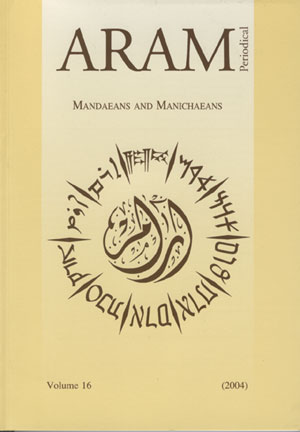 previous article in this issue previous article in this issue | next article in this issue  |

|
Document Details : Title: The Darb Zubayda as a Settlement System in Arabia Author(s): WHITCOMB, Donald Journal: ARAM Periodical Volume: 8 Issue: 1 Date: 1996 Pages: 25-32 DOI: 10.2143/ARAM.8.1.2002182 Abstract : The Darb Zubaydah, the route which linked the Haramayn with Baghdad, may be seen as a special type of linear settlement system. This system was developed under Abbasid governmental patronage during the late 8th century, when the hajj was in high summer. This was probably the normal pre-Islamic caravan route from al-Hijaz to al-Hira in Iraq. Early Islamic usage is confirmed with inscriptions dated to 661 and 717.1 The intensive recording of stations along the Darb Zubayda by the Comprehensive Survey of Saudi Arabia has produced a record of eighty-six architectural structures over a distance of 870 miles. A preliminary examination of this corpus reveals a pattern of reservoirs (extensively discussed by al-Rashid) and “palaces,” that is, official administrative buildings. These are large buildings with semi-circular buttresses, gate towers and other features which identify them as early Abbasid.2The characteristics of these structures and their contexts may reflect some of the functions assumed for the so-called “desert castles,” generally dated about 70 years earlier. The relationship of the qusurand routes has been explored by King. The problem of settlement in marginal areas, supported by governmental patronage, is a matter of the intention to shift functions from specialized facilities to more developed urban settlements. |
|
